Chapter 26
Seed Plants
By Boundless
The evolution of seeds allowed plants to reproduce independently of water; pollen allows them to disperse their gametes great distances.
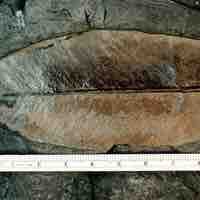
Seed ferns gave rise to the gymnosperms during the Devonian Period, allowing them to adapt to dry conditions.

Angiosperms, which evolved in the Cretaceous period, are a diverse group of plants which protect their seeds within an ovary called a fruit.
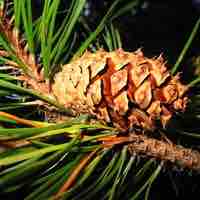
Gymnosperms are seed plants that have evolved cones to carry their reproductive structures.
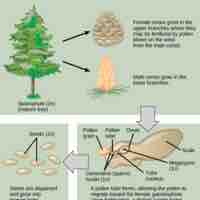
Conifers are monoecious plants that produce both male and female cones, each making the necessary gametes used for fertilization.
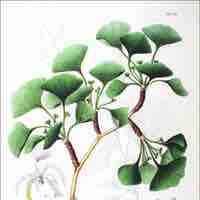
Gymnosperms are a diverse group of plants the protect their seeds with cones and do not produce flowers or fruits.
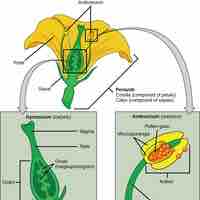
Flowers are modified leaves containing the reproductive organs of angiospems; their pollination is usually accomplished by animals or wind.
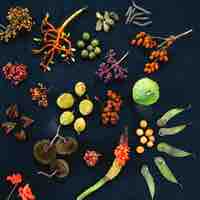
A fertilized, fully grown, and ripened ovary containing a seed forms what we know as fruit, important seed dispersal agents for plants.
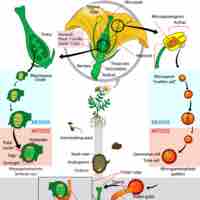
Angiosperms are seed-producing plants that generate male and female gametophytes, which allow them to carry out double fertilization.
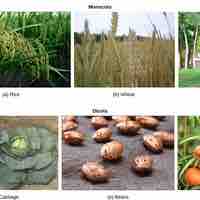
Angiosperm diversity is divided into two main groups, monocot and dicots, based primarily on the number of cotyledons they possess.

The diversity of plants can be attributed to pollination and herbivory, both examples of coevolution between animals and plants.
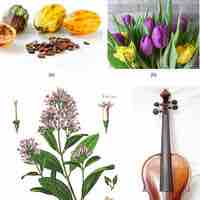
Human life has become dependent on plants for the qualities and developments that they provide, which include medicine and food production.
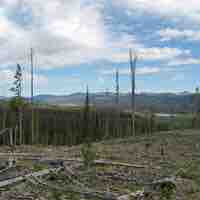
Plant biodiversity, vital to ecosystems, food crops, and medicine production, is threatened by habitat destruction and species extinction.